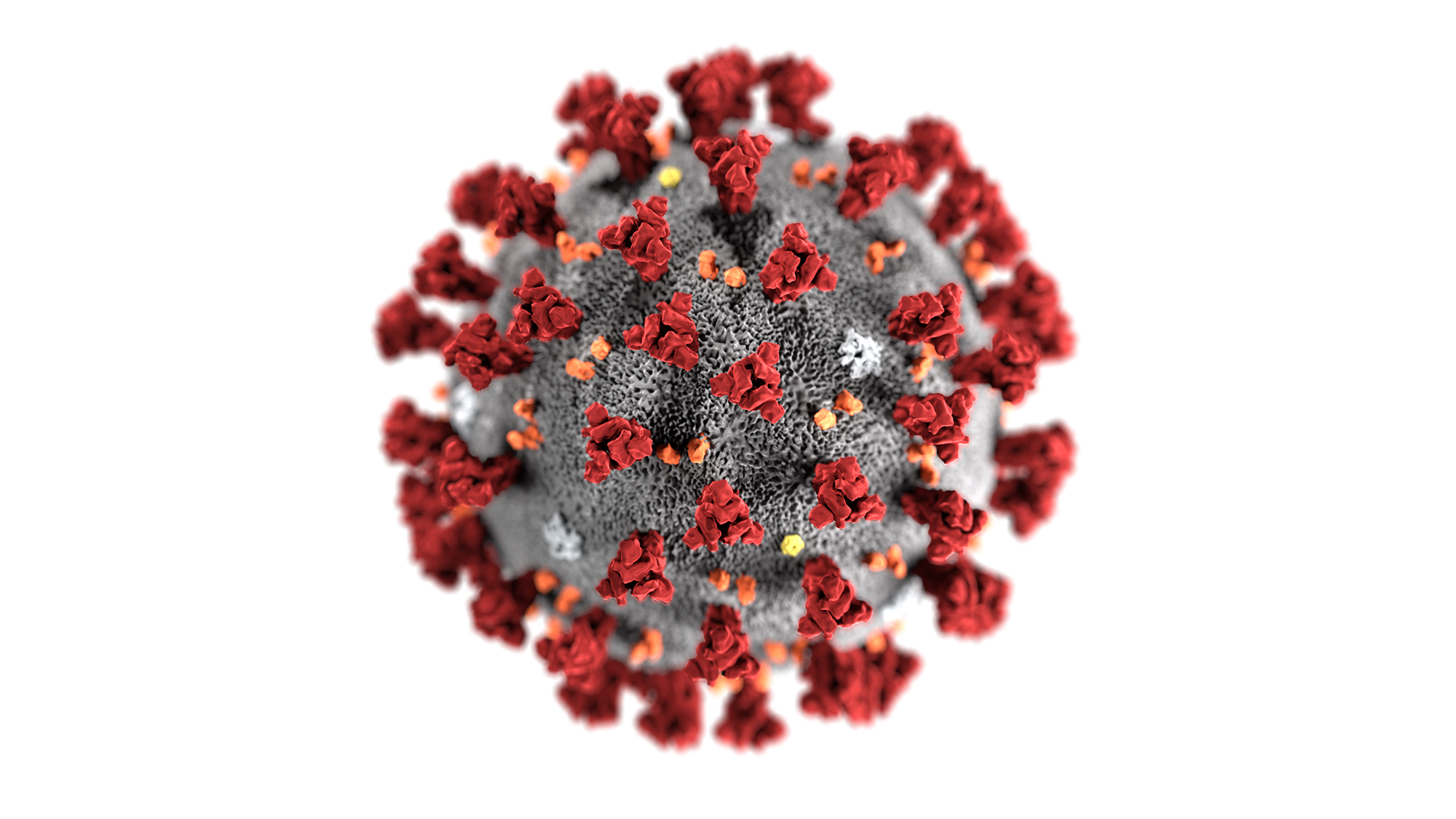O Canada! If you are the parent of a child with symptoms of ADHD in this country, you have plenty to be grateful for – and plenty to protest.
We’re very fortunate in Canada because we have professional medical standards that are as stringent as any in the world. Medical treatments must be proven by hard scientific research, testing and analysis before they are deemed acceptable for use with patients.
But while these exacting standards bring us longevity and wellness in so many areas, in the area of ADHD, it seems the opposite may be the case.
If your son or daughter is diagnosed with ADHD, there’s a very good chance he or she will be given a prescription for medication to control the symptoms.
ADHD medications can include methylphenidate, dextroamphetamine, pemoline and atomexatine, among others, that are prescribed under brand names like Ritalin, Concerta and Adderall.
ADHD Treatment: Did you know?
- Under Canada’s Controlled Drugs & Substances Act, methylphenidate, which is sold as Ritalin, is a Schedule 3 drug. Other Schedule 3 drugs include LSD and mescaline.
- According to their manufacturers, some side effects of the medications listed above include sudden death in children with heart problems, bipolar conditions and ‘new psychotic symptoms’, such as hearing voices.
- Other documented symptoms include paranoia, facial tics and weight loss.
- In the four years between 2008 and 2012, sales of ADHD medications grew by 89% in the U.S..
Is ADHD Over-Diagnosed?
Regardless of whether you accept the efficacy of ADHD medications, when you combine the facts with those surrounding the diagnosis of ADHD, it raises even more important questions.
- In 2012, University of British Columbia researchers released a study showing that children born in December were almost 40% more likely to be diagnosed, and almost 50% more likely to be treated with medication, versus children born in January.December children enter school almost a year behind their January-born classmates. It’s only natural that they may be more active and less poised.
- In the U.S., the Centre for Disease Control first tallied ADHD cases in 1997 and found that about 3% of schoolchildren were diagnosed with ADHD, a rate that was in line with the estimates used up to that time. But, between 2003 and 2007, ADHD cases increased by about 5.5% per year. The CDC reported in 2013 that 11% of schoolchildren were diagnosed with ADHD – a near quadrupling of the rate since 1997.
- Boys in the U.S. are twice as likely as girls to be diagnosed, yet there is no scientific explanation as to why boys should have a higher incidence of ADHD. Sometimes boys will be boys, but does that mean they have ADHD?
- Two-thirds of those diagnosed are on some form of medication.
What Do All the Numbers Mean?
Even if some of the increase in the rate of diagnosis is due to heightened awareness of ADHD, when you combine it with the rate at which meds are prescribed, you get an appallingly high level of young, developing children who are being medicated with drugs whose side effects have, at very least, questionable benefits to their overall health and wellbeing (and that’s according to the drugs’ manufacturers).
Anyone who has been prescribed ADHD medications should not to stop using them without consulting their doctors and/or medical professionals.
But if you are looking for a safe, effective, drug-free approach to helping your child control or even eliminate his ADHD symptoms, we welcome you to contact Maxi Mind Learning Centres to find out how a Maxi Mind solution can be customized to suit your child’s needs and your family’s budget.






